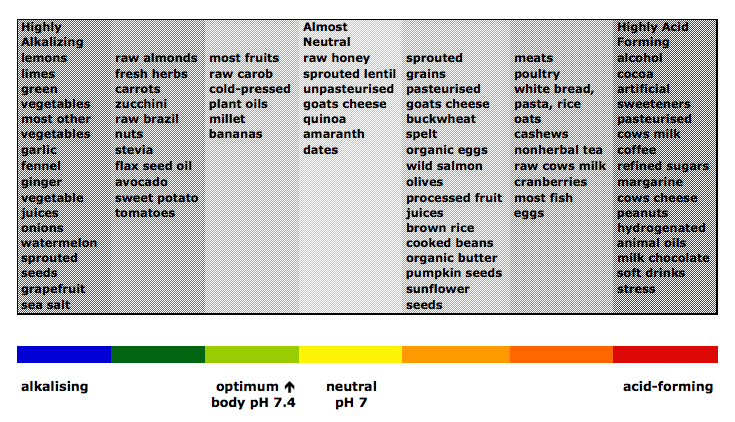Today I shared the SMARTliving Lecture Series with folks in the Detroit Water and Sewerage Department. This is a 4 lecture series, and each session is about an hour, which makes this a perfect educational session for a lunch and learn program. Each lecture covers a major domain from the SMARTsteps program;
- Mental Fitness: there is a discussion about stress and major strategies for controlling to include learning to “make your butterfly” and “mastering the hand”
- Nutritional Fitness: this covers the five main strategies to eating healthy which surround calories, decreasing sugar, decreasing unhealthy fats, adding key nutrients, and increasing fruits and vegetable.
- Physical Fitness: this covers elements of a complete fitness program, and how to get more physical activity into your day so that you don’t have to exercise : )
- Social Fitness: using the citizen report card as a template, there is discussion of the concept of mental real-estate, and selected targets that will minimize stress, identifying key targets to benefit you, your family, and your community.

![positive-energy[1]](http://www.betterme.us/wp-content/uploads/2012/09/positive-energy1-300x225.jpg)



